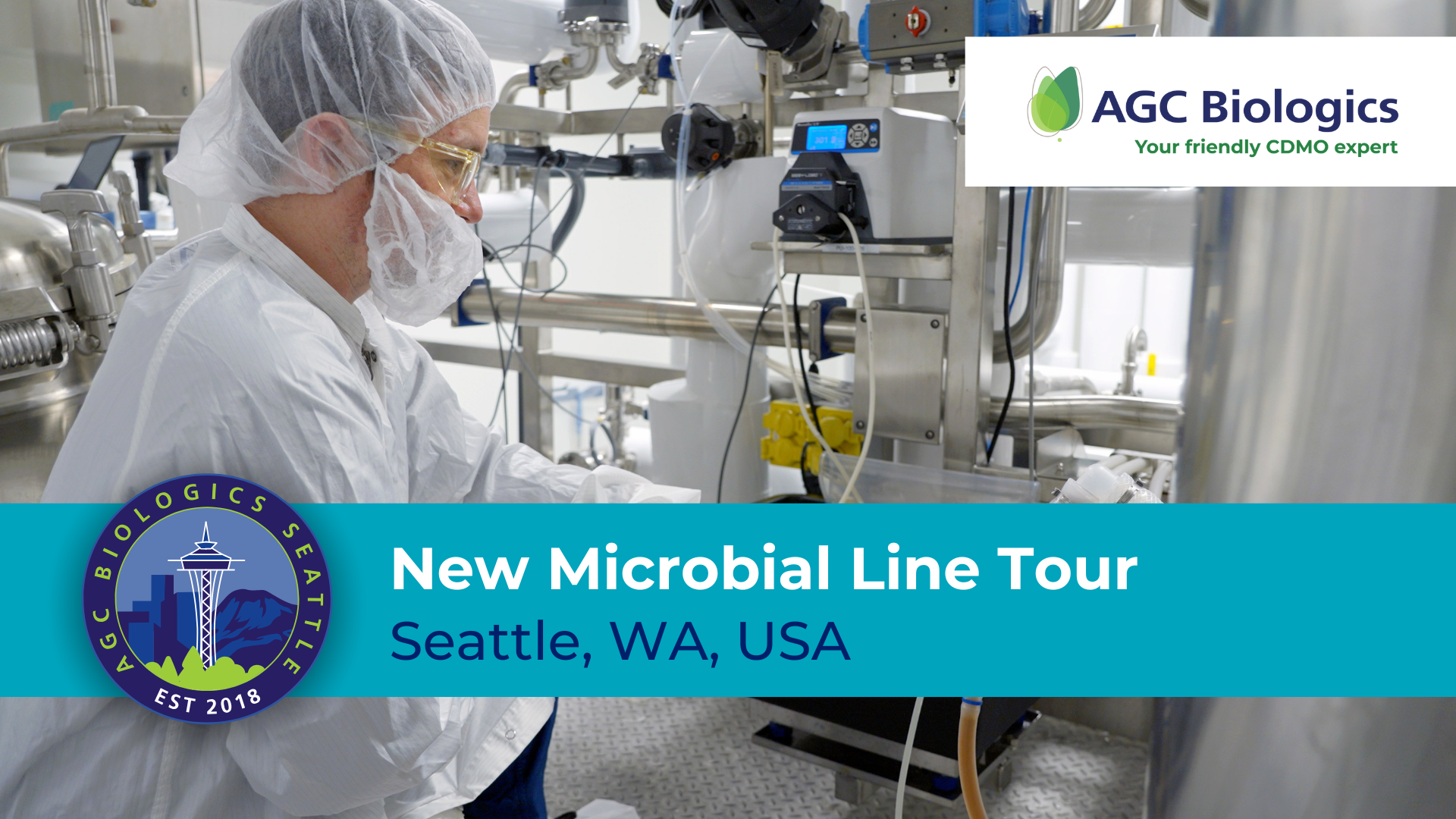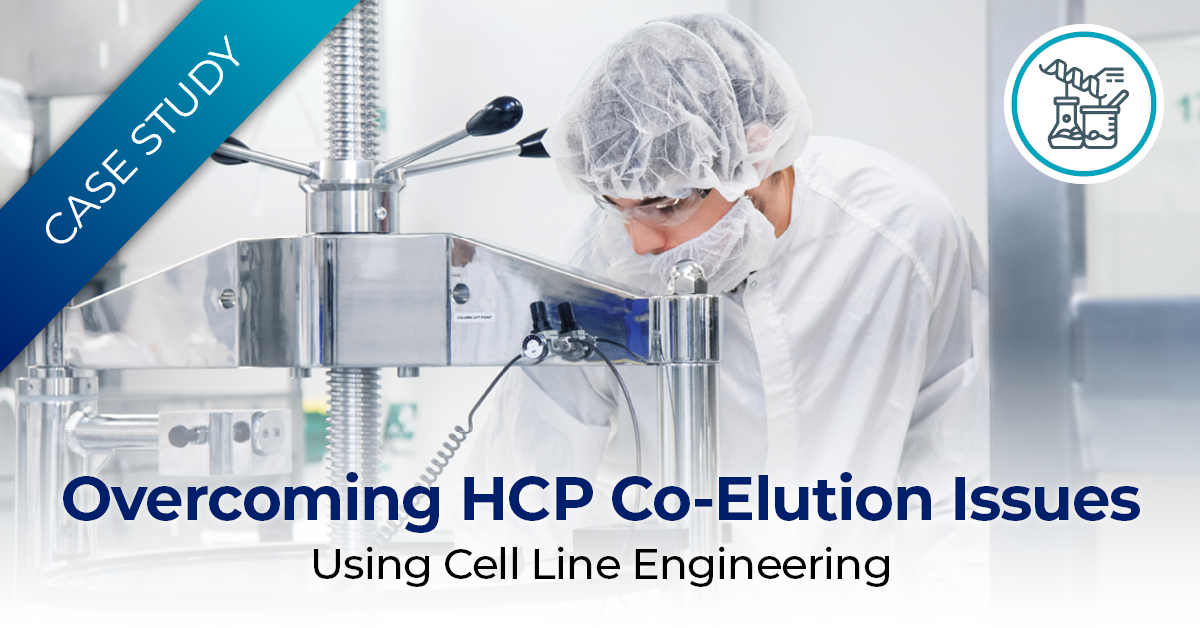4 min read
Accelerating cell line development from DNA to master cell bank
Nick McDonald June 15, 2023 at 6:43 AM
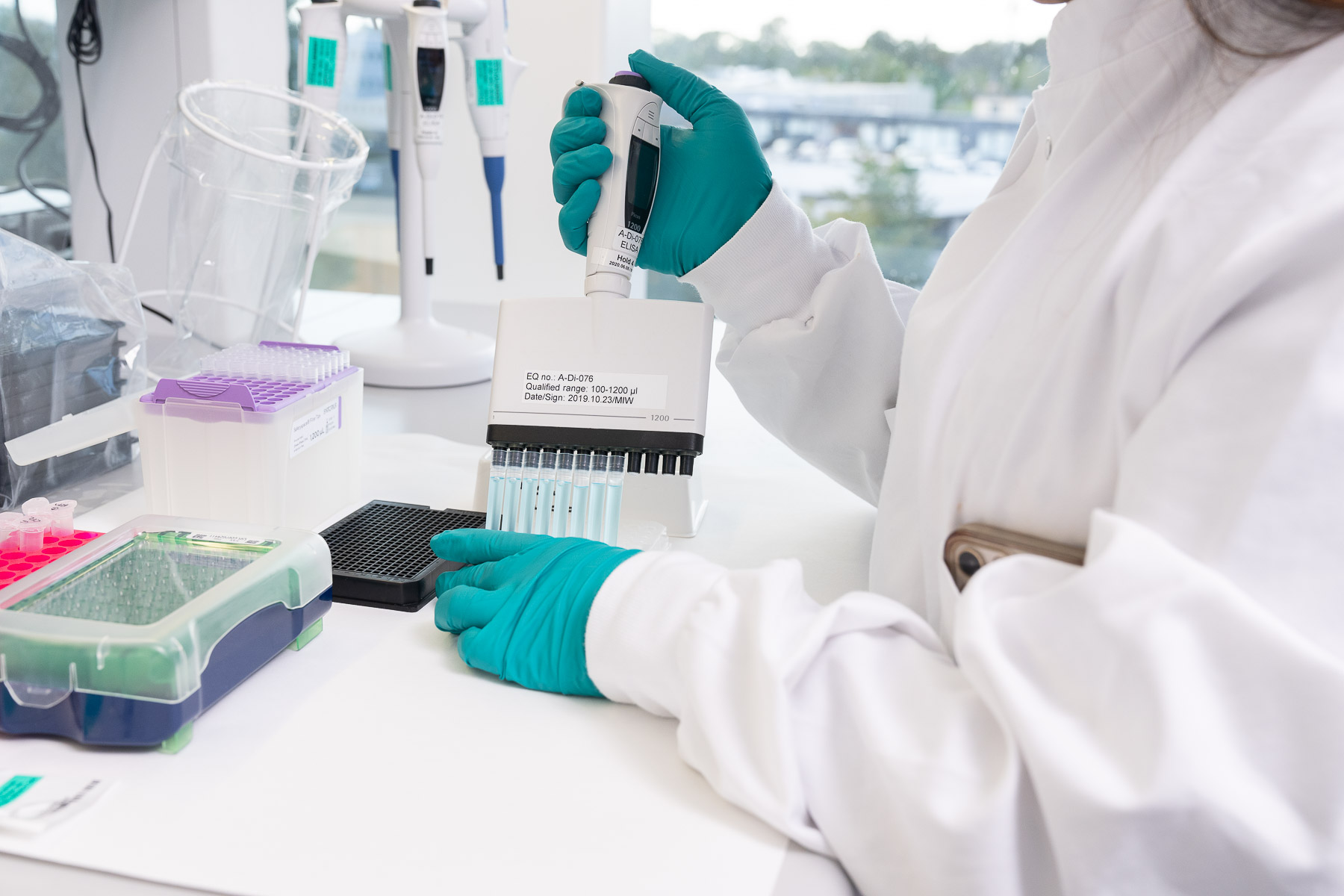
Demand for cell line development (CLD) is currently growing at a double-digit compound annual growth rate according to the Global Market Report 2022-2030. There is an increasing demand for bispecific and monoclonal antibodies (mAbs), recombinant proteins, and vaccines. However, CLD is a technical and operationally difficult task. CDMOs offer the latest techniques and technical experts prepared to tackle these complex projects while discovering ways to shorten your timelines. In this blog, we will detail the steps we take to accelerate timelines and decrease wait times to a master cell bank.
Transfection to RCB
To start the CLD process we thaw our in-house DG44 CHO cell line, transfect it with the DNA of interest, and create a stable transfection pool for 2 main purposes. The first is inoculating production models in shaker flasks, so we can evaluate the titer of product quality. The second is single-cell cloning, which is needed for generating monoclonal cell lines. We continue through the transfection process to determine the top 3 clone selections, once we have the final 3, we move forward to the research cell bank (RCB).
Important Milestone
This is when an important milestone in cell line development is reached. The RCB is the larger cell bank that is used to move forward as the base for the master cell bank (MCB). This milestone is important to timelines because there is a time-consuming list of workflows that follow RCB generation: sequencing the gene of insert, conduct a stability study (the prolonged seed train where we use our RCBs, passage them, and then evaluate their titer capacity), and then we use standard RCB release testing in order to grant production in our GMP facilities.
Standard vs. Accelerated Timeline
In a standard timeline, you see a long period for a stability study which is not easily changed. Activities associated with shortening this timeline are the activities that go before the RCB generation. One example of the steps we look to evaluate and shorten is the cloning expansion step. A standard industry process includes time-consuming and laborious workflows. In order to accelerate our timelines, we seeded a fixed amount of cells into different plate formats, waited 7 days, and then counted them to stimulate a cell expansion standard workflow. By utilizing this method, we save 2 weeks and minimize handling, decreasing the risk of contamination.
Decreased Wait Times
Another challenge that is faced when developing an accelerated timeline is the wait times. To decrease wait times, we bank our top clones in the RCB as early as possible and in the meantime conduct the quality analysis. These velocity activities allow us to shorten our RCB timelines from 12 weeks to 8 weeks, allowing us to provide a MCB within 20 weeks. Overall, this means we have a platform that we can offer customers that will provide them with a drug substance in 12 months.
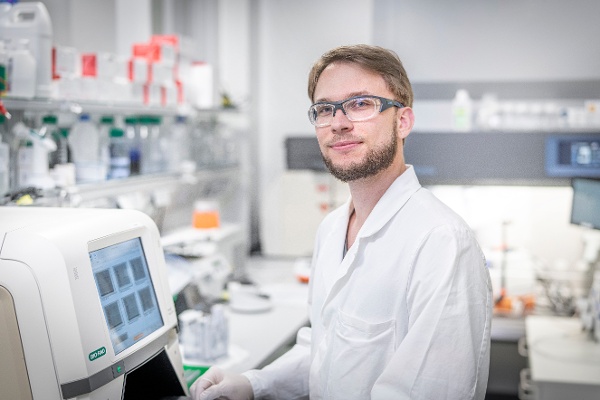
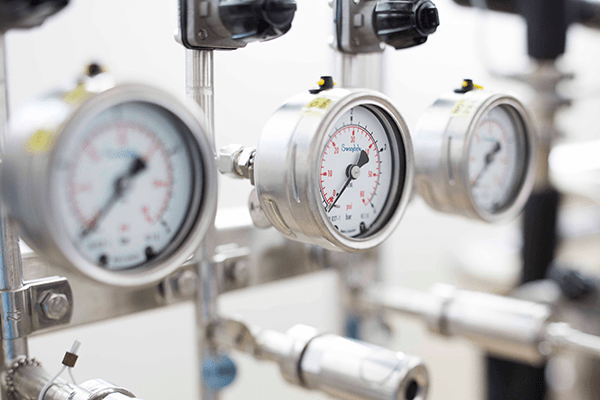
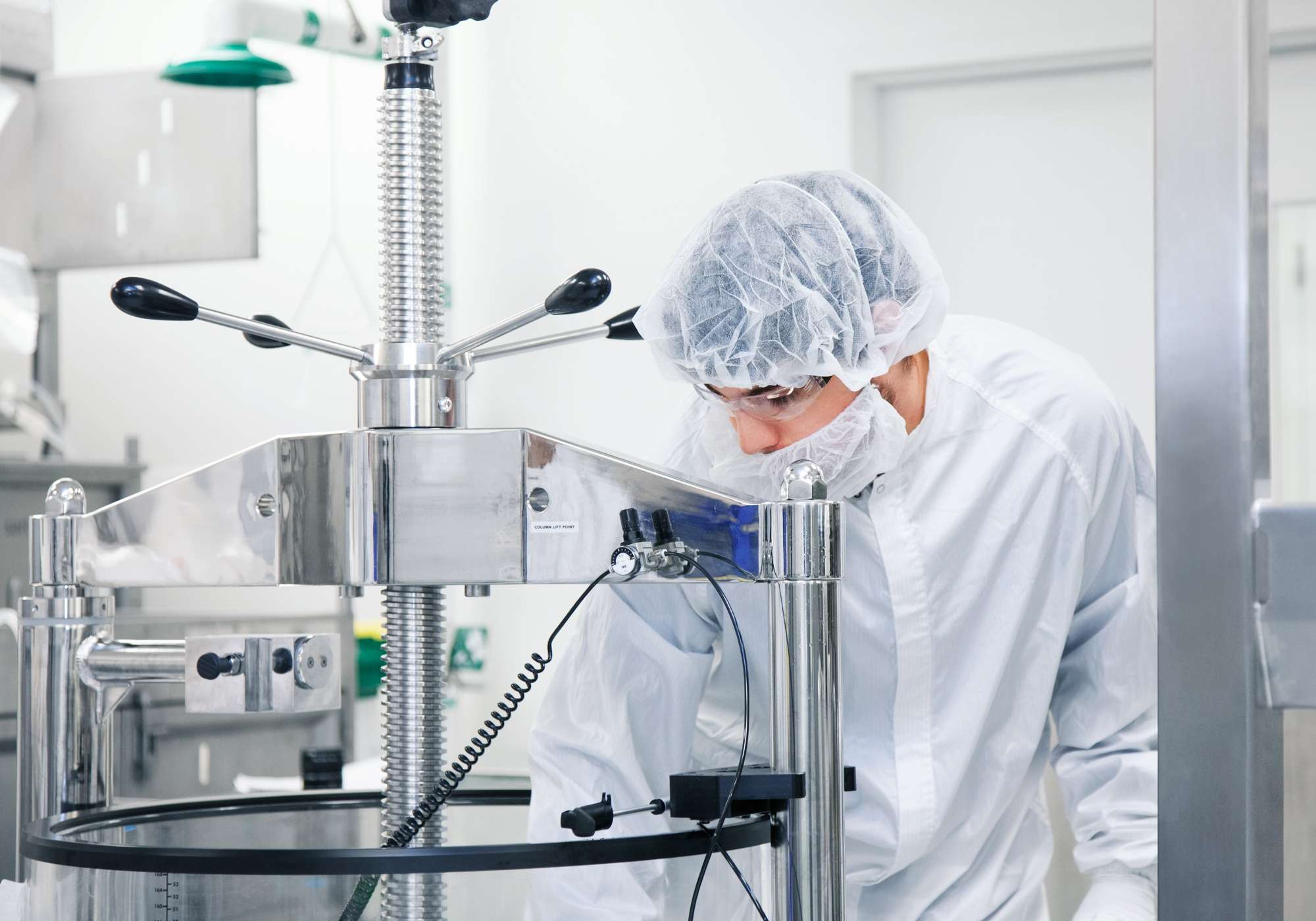
Understanding the Different Quality Requirements for Biologicals
Articulating and implementing cGMP standards presents a range of challenges, from procuring personnel with the requisite knowledge and experience to ensuring that existing processes are updated. Perhaps most difficult is providing sufficient training and empowering staff to ensure those standards are consistently applied. Quality control needs to be continuously monitored, regularly adjusted, and leveraged to provide feedback that allows companies in the industry to modify their processes for improved outcomes. It is important that organizations have a deep understanding of the various aspects at play in ensuring the safety and efficacy of these products. Those include sterile manufacturing procedures, product label integrity, packaging requirements, expiration date validation processes, and tracking product characteristics such as potency and activity. It is critical that an organization applies its expertise together with a highly organized approach in developing robust systems for providing quality assurance for each individual biological.
Strategies to Ensure Effective Implementation of cGMP Compliance
Ensuring effective implementation of cGMP compliance requires careful planning and consistent monitoring of standards across various areas of the production process. It is important to allocate resources efficiently while making sure that personnel, materials, equipment and other needed components are readily available to minimize downtime. Companies must engage an experienced project manager to initiate risk assessments prior to commencing activities, create a comprehensive plan for maintenance, and document any deviations from standard operating procedures. Additionally, teams must collaborate with third-party partners or vendors to maintain baseline requirements for quality control systems and supplier management protocols. Finally, regular auditing of product samples can help identify any issues proactively so that timely corrective action can be taken. With the proper initiative in place through these strategies, organizations can ensure that cGMP compliance is successfully implemented on an ongoing basis.
Leveraging Automation Technologies for Improved Quality Control and Compliance
As emerging technologies further shape modern production methods, cGMP can help businesses stay up-to-date with current best practices for producing high quality products efficiently and cost effectively. Automation technologies increasingly offer businesses an unprecedented level of control and efficiency over their operations. Leveraging automated systems for improved quality control and compliance ensure higher standards of performance with increased accuracy and reliability. Automation technologies such as machine learning and artificial intelligence can be used to automate routine processes like testing, audits, check-ins, periodic reviews, etc., thereby streamlining the overall process while ensuring compliance. Automation also eliminates delays in production lines due to decreased reliance on manual labor and reduces the chances of errors occurring due to inconsistency between operating personnel. The potential that automation technology has for improving quality control and ensuring compliance should not be overlooked by any biologics manufacturer seeking to meet the increasing and diversified demand.
All in all, cGMP compliance is essential for the biologics market because of the need to meet stringent standards of quality and safety. Adopting cGMP standards and leveraging automation technologies yield many benefits, such as improved quality control and cost savings. Although there are many challenges when it comes to enforcing quality assurance, there are a variety of tools available to help companies stay compliant. In order to efficiently navigate these challenges and benefit from all the potential advantages of cGMP compliance, it’s important for organizations to ensure that they have access to the up-to-date information, experienced collaborators, robust automation solutions, and supportive partners. To find out more about how AGC Biologics can meet cGMP compliance goals for your project, contact us!
